The weather is getting warmer and the days are getting longer, so you know what that means….MORE GOLF! As always if you are an amateur golfer like myself the beginning of the season seems to bring some aches and pains as you start to get back into the swing of things. For being a non-contact sport there sure is a wide variety of areas on your body that can be abnormally sore after a round with friends. In this blog I want to focus on pain at the inside part of the elbow, most often referred to as Golfer’s Elbow.
You may be someone who has dealt with this before and just can’t get rid of it. It may be affecting you so much that it lingers after the golf round and sticks with you the rest of the day and into your other daily activities. On top of that, it is affecting your rounds of golf on the weekends to the point where you are unable to be as competitive as you’d like. You also have no interest in taking pain medication for it.
It may feel like this is something you will deal with at the start of each golf season, however I have good news for you… that this is NOT the case. There is great research out there that shows conservative care can work wonders for this type of condition, and here at Pure Motion Chiropractic & Rehab we will be able to help mitigate your pain as well as strengthen and heal the tissue so this does not reoccur. The actual name for Golfer’s Elbow is Medial Epicondylitis or Medial Epicondylopathy. There can be many reasons why this area gets irritated such as trauma, repetitive eccentric overload, or over stretching of your flexor muscles in the forearm. This process is more of a degenerative condition rather than an inflammatory condition due to the fact there is repeated trauma that causes inadequate tissue healing and micro tears in the area.
In our office we would take you through an extensive exam to ensure a proper diagnosis and make sure this is actually the problem you are experiencing. Then we would talk about our treatment plan moving forward. There could be a chance that this problem is coming from the neck since your ulnar nerve originates in the neck and shoulder region, which then travels all the way down to your hand passing the inside part of your elbow. However, once we are able to rule out the neck we can then start to focus on the elbow itself. A couple of treatment techniques include Active Release Technique to the flexor muscles, Dry Needling, or IASTM. All produce similar effects that help release adhesions in the muscle as well as create controlled micro trauma so that the tissues begin to heal correctly. Below is a video of the IASTM procedure being done.
Once the tissue has started to heal correctly the next step would be to provide some rehabilitation exercises to strengthen the muscles and tissue so they can absorb and handle more force without becoming irritated again. See videos below for a couple options on how to strengthen/stretch this area of the forearm.
If this is a condition you have been dealing with for quite some time and seems to come back every year, be sure to call our office at 913-766-7292 to schedule a visit. We don’t want pain to prevent you from playing as much golf as possible this year!
Author: Dr. Nathan Guthrie
Research:
Ciccotti MC, Schwartz MA, Ciccotti MG. Diagnosis and treatment of medial epicondylitis of the elbow. Clinics in sports medicine. 2004 Oct 1;23(4):693-705
Melham TJ, Sevier TL, Malnofski MJ, Wilson JK, Helfst JR. Chronic ankle pain and fibrosis successfully treated with a new noninvasive augmented soft tissue mobilization technique (ASTM): a case report. Medicine and science in sports and exercise. 1998 Jun;30(6):801-4
Fernández-Carnero J, Cleland JA, Arbizu RL. Examination of motor and hypoalgesic effects of cervical vs thoracic spine manipulation in patients with lateral epicondylalgia: a clinical trial. Journal of manipulative and physiological therapeutics. 2011 Sep 1;34(7):432-40
Hudes K. Conservative management of a case of medial epicondylosis in a recreational squash player. The Journal of the Canadian Chiropractic Association. 2011 Mar;55(1):26.
Stanish WD, Rubinovich RM, Curwin S. Eccentric exercise in chronic tendinitis. Clinical orthopaedics and related research. 1986 Jul(208):65-8.
